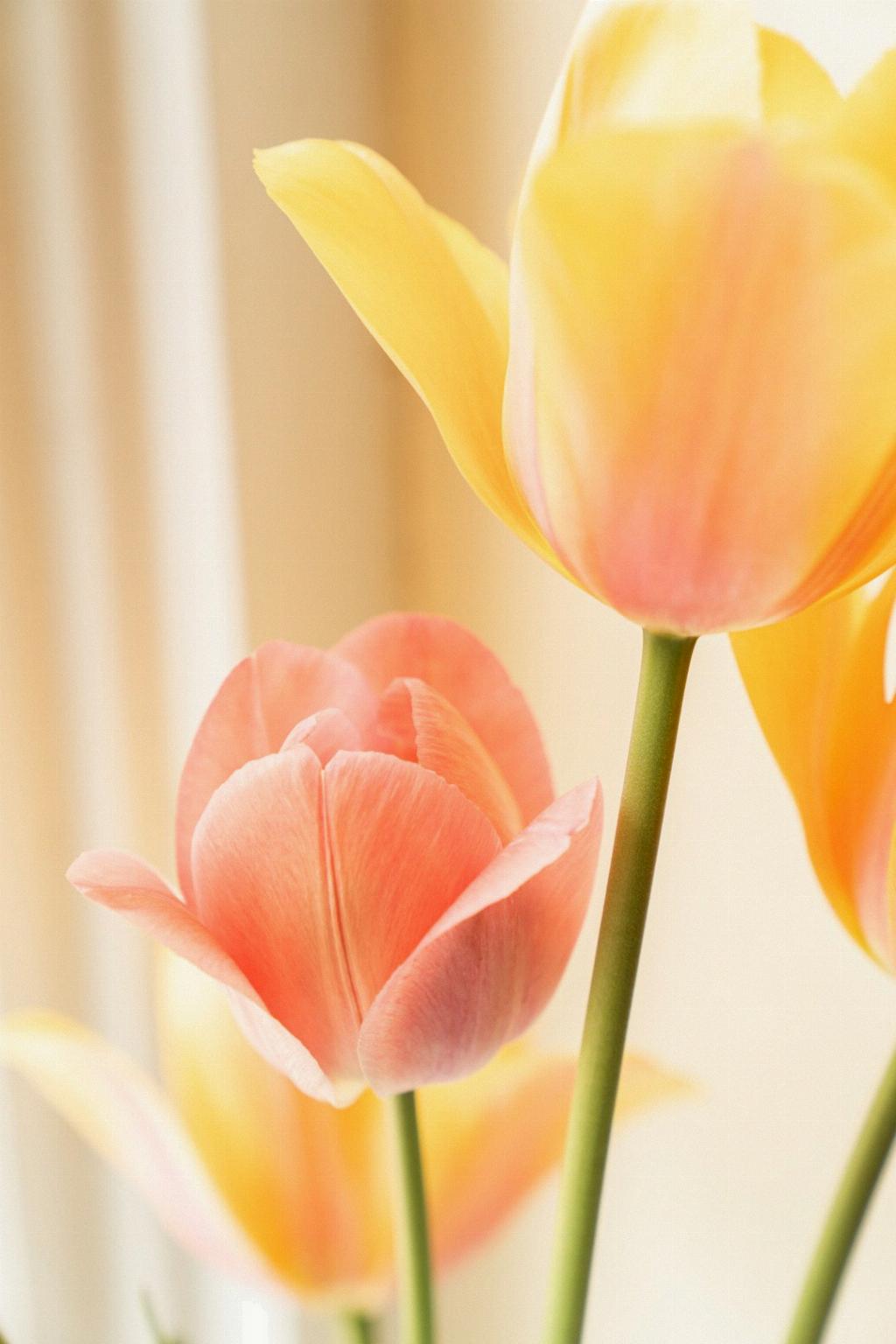When it comes to planting tulip bulbs, depth plays a crucial role in ensuring the success of your garden. The general rule of thumb is to plant tulip bulbs about 6 inches deep in well-draining soil. This depth allows the bulbs to establish themselves securely in the ground while providing them with the necessary protection from the elements.
However, the depth at which you plant tulip bulbs may vary depending on the specific conditions of your garden. In regions with severe frost, it is recommended to plant tulip bulbs at a depth of 8 inches. This deeper planting helps insulate the bulbs from the harsh cold temperatures and ensures their survival through the winter months.
Another important consideration when determining the planting depth of tulip bulbs is the spacing between each bulb. Tulips should be planted approximately 3 to 6 inches apart to allow for proper root development and airflow. This spacing also prevents overcrowding, which can lead to disease and poor growth.
Planting tulip bulbs at the appropriate depth not only promotes healthy growth but also protects the bulbs from hungry animals. By burying the bulbs 6 to 8 inches deep, you reduce the risk of them being unearthed and eaten by pests such as squirrels and rabbits.
After planting tulip bulbs, it is essential to water them thoroughly to help them settle into the soil and kickstart the growth process. Be sure to provide adequate moisture, especially in hot, dry climates where water evaporation is high. Consistent watering is key to ensuring the bulbs develop strong roots and vibrant flowers.
In addition to proper planting depth and spacing, it is important to select a location that receives sufficient sunlight for your tulip bulbs. Tulips thrive in full sun to partial shade, so choose a spot in your garden that meets these light requirements for optimal growth and blooming.
When preparing the planting site for your tulip bulbs, make sure the soil is well-draining to prevent waterlogged conditions, which can lead to rotting bulbs. Amending the soil with organic matter such as compost can improve drainage and provide essential nutrients for healthy bulb development.
As the bulbs begin to sprout and grow, consider applying a balanced fertilizer to support their nutrient needs. A slow-release fertilizer high in phosphorus can encourage robust root development and flowering, ensuring your tulips reach their full potential.
One common mistake many gardeners make is planting tulip bulbs too shallow. Shallow planting makes the bulbs vulnerable to temperature fluctuations, drying out, and potential damage from wildlife. To safeguard your tulip bulbs, always aim for the recommended planting depth of 6 to 8 inches.
Throughout the growing season, monitor the soil moisture levels around your tulip bulbs to ensure they are adequately hydrated. Avoid overwatering, as soggy soil can lead to bulb rot and fungal diseases. Strike a balance by watering deeply but infrequently, allowing the soil to dry out slightly between waterings.
When your tulips have finished blooming, allow the foliage to wither and yellow naturally before removing it. The leaves help replenish the bulbs with energy for the next growing season. Refrain from cutting back the foliage prematurely, as this can weaken the bulbs and impact their performance in the future.
In conclusion, planting tulip bulbs at the right depth is essential for their overall health and success in your garden. By following the recommended guidelines for planting depth, spacing, watering, and care, you can enjoy a colorful display of tulips year after year. With proper attention and nurturing, your tulip bulbs will reward you with beautiful blooms that brighten up your outdoor space.

